Nationality Scottish Ex-spouse Sue Finlay | Role Poet Name Ian Finlay | |
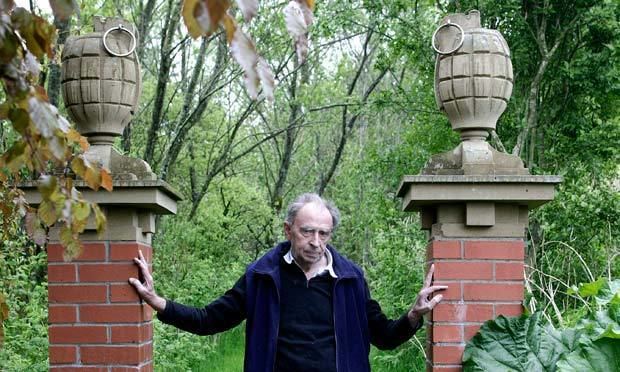 | ||
Notable work Five Columns for the Kroller-MullerLittle Sparta with Sue FinlayMAN / A PASSERBYRevolutionary Garden in Versailles (not built)Sea Poppy I (with Alistair Cant)Starlit WatersThe Little Seamstress (with Richard Demarco)Tree-Shells (with Ian Gardner)UNDA (in Little Sparta, Max Planck Institute Stuttgart and University of California) Books The dancers inherit the, A Model of Order: Selected, Flowers, Poor Old Tired Horse: P, 3/3's | ||
Children Alec Finlay, Ailie Finlay | ||
Tateshots ian hamilton finlay little sparta
Ian Hamilton Finlay, CBE (28 October 1925 – 27 March 2006) was a Scottish poet, writer, artist and gardener.
Contents
- Tateshots ian hamilton finlay little sparta
- Ian hamilton finlay s little sparta an artist s garden
- Life
- Poetry
- Art
- Collaborators
- Sculptures and gardens
- Books by Finlay
- References

Ian hamilton finlay s little sparta an artist s garden
Life
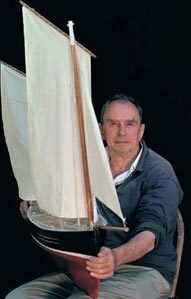
Finlay was born in Nassau, Bahamas, to James Hamilton Finlay and his wife, Annie Pettigrew, both of Scots descent.
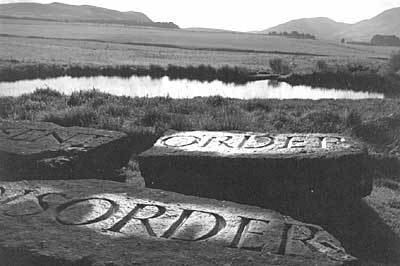
He was educated at Dollar Academy, in Clackmannanshire and later Glasgow School of Art. At the age of 13, with the outbreak of the Second World War, he was evacuated to family in the countryside. In 1942, he joined the British Army. Finlay was married twice and had two children, Alec and Ailie. He died in Edinburgh. He is buried with his parents and wife in Abercorn Churchyard in West Lothian. The grave lies in the extreme south-east corner of the churchyard.
Poetry
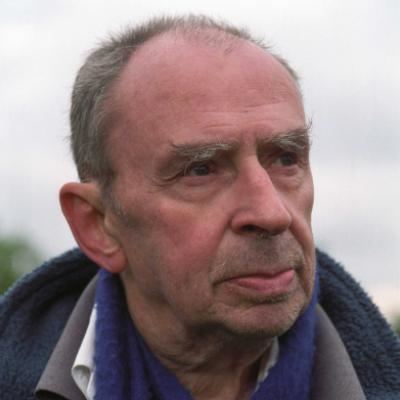
At the end of the war, Finlay worked as a shepherd, before beginning to write short stories and poems, while living on Rousay, in Orkney. He published his first book, The Sea Bed and Other Stories in 1958 with some of his plays broadcast on the BBC, and some stories featured in The Glasgow Herald.
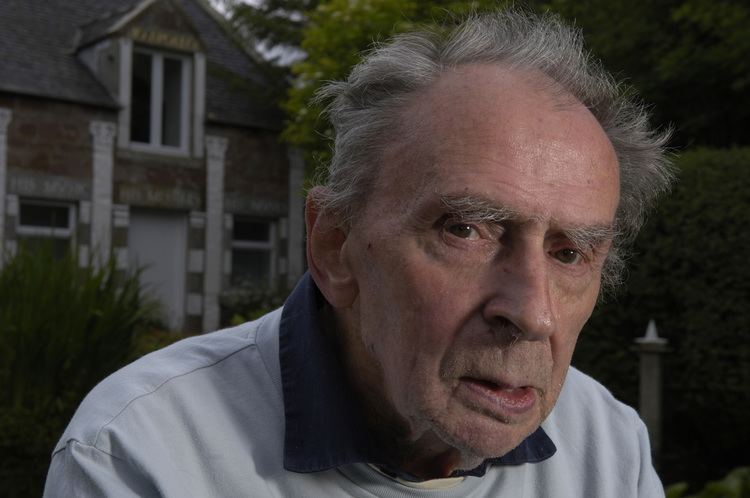
His first collection of poetry, The Dancers Inherit the Party was published in 1960 by Migrant Press with a second edition published in 1962. The third edition, published by Fulcrum Press (London) in 1969, included a number of new poems and was inaccurately described by the publisher as a first edition and which led to a complex legal dispute. Dancers was included in its entirety in a New Directions annual a few years later.
In 1963, Finlay published Rapel, his first collection of concrete poetry (poetry in which the layout and typography of the words contributes to its overall effect), and it was as a concrete poet that he first gained wide renown. Much of this work was issued through his own Wild Hawthorn Press, in his magazine 'Poor.Old.Tired.Horse'.
Finlay became notable as a poet, when reducing the monostich form to one word with his concrete poems in the nineteen sixties. Repetition, imitation and tradition lay at the heart of Hamilton's poetry, and exploring ' the juxtaposition of apparently opposite ideas'.
Art
Later, Finlay began to compose poems to be inscribed into stone, incorporating these sculptures into the natural environment. This kind of 'poem-object' features in the garden Little Sparta that he and Sue Finlay created together in the Pentland Hills near Edinburgh. The five-acre garden also includes more conventional sculptures and two garden temples.
In December 2004, in a poll conducted by Scotland on Sunday, a panel of fifty artists, gallery directors and arts professionals voted Little Sparta to be the most important work of Scottish art. Second and third were the Glasgow School of Art by Charles Rennie Mackintosh and The Skating Minister by Henry Raeburn. Sir Roy Strong has said of Little Sparta that it is "the only really original garden made in this country since 1945".
The Little Sparta Trust plans to preserve Little Sparta for the nation by raising enough to pay for an ongoing maintenance fund. Ian Appleton, Stephen Bann, Stephen Blackmore, Patrick Eyres, Richard Ingleby, Ian Kennedy, Magnus Linklater, John Leighton, Duncan Macmillan, Victoria Miro, Paul Nesbitt, Jessie Sheeler and Ann Uppington are trustees.
Finlay's work is notable for a number of recurring themes: a penchant for classical writers (especially Virgil); a concern with fishing and the sea; an interest in the French Revolution; and a continual revisiting of World War II. His use of Nazi imagery led an accusation of neo-Nazi sympathies and anti-semitism. Finlay sued a Paris magazine which had made such accusations, and was awarded nominal damages of one franc. The stress of this situation brought about the separation between Finlay and his wife Sue.
Finlay also came into conflict with the Strathclyde Regional Council over his liability for rates on a byre in his garden, which the council insisted was being used as commercial premises. Finlay insisted that it was a garden temple.
One of the few gardens outside Scotland to permanently display his work is the Improvement Garden in Stockwood Discovery Centre, Luton, created in collaboration with Sue Finlay, Gary Hincks and Nicholas Sloan.
Finlay was nominated for the Turner Prize in 1985. He was awarded honorary doctorates from Aberdeen University in 1987, Heriot-Watt University in 1993 and the University of Glasgow in 2001, and an honorary and/or visiting professorship from the University of Dundee in 1999. The French Communist Party presented him with a bust of Saint-Just in 1991. He received the Scottish Horticultural Medal from the Royal Caledonian Horticultural Society in 2002, and the Scottish Arts Council Creative Scotland Award in 2003. Awarded in the Queen's New Year's Honours list in 2002, Finlay was a CBE.
Finlay's work has been seen as austere, but also at times witty, or even darkly whimsical. Ian Hamilton Finlay is represented by the Wild Hawthorn Press, the Archive of Ian Hamilton Finlay, which works closely with the Ingleby Gallery (Edinburgh) and the Victoria Miro Gallery (London) in the U.K.
Collaborators
Finlay's designs were most often built by others. Finlay respected the expertise of sandblasters, engravers and printers he worked with having approximately one hundred collaborators including Patrick Caulfield, Richard Demarco, Malcolm Fraser, Christopher Hall, Margot Sandeman. He also worked with a host of lettering artists including Michael Harvey and Nicholas Sloan.
Sculptures and gardens
A partial list of Finlay sculptures and gardens. A few photographs are reachable through the external links.
